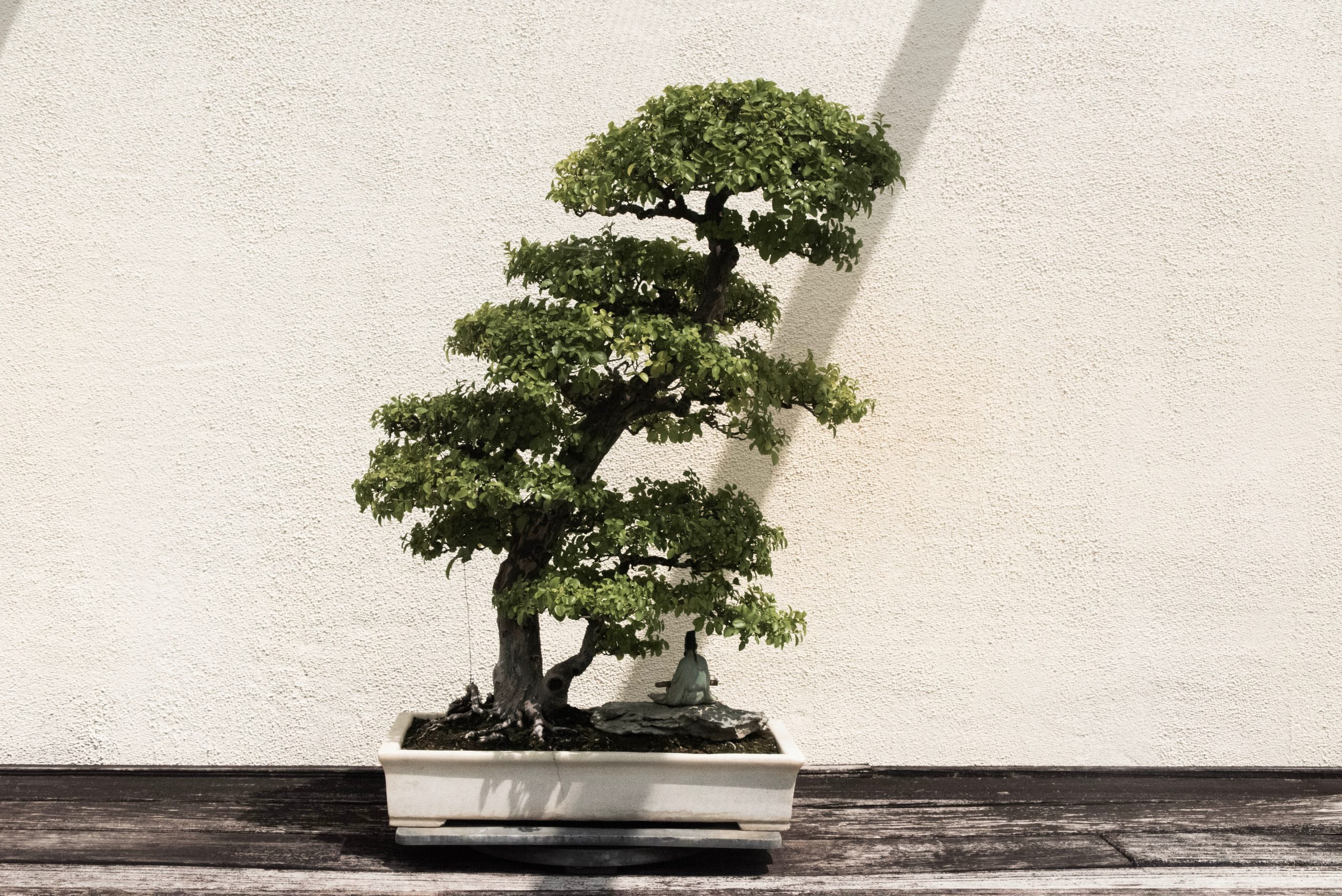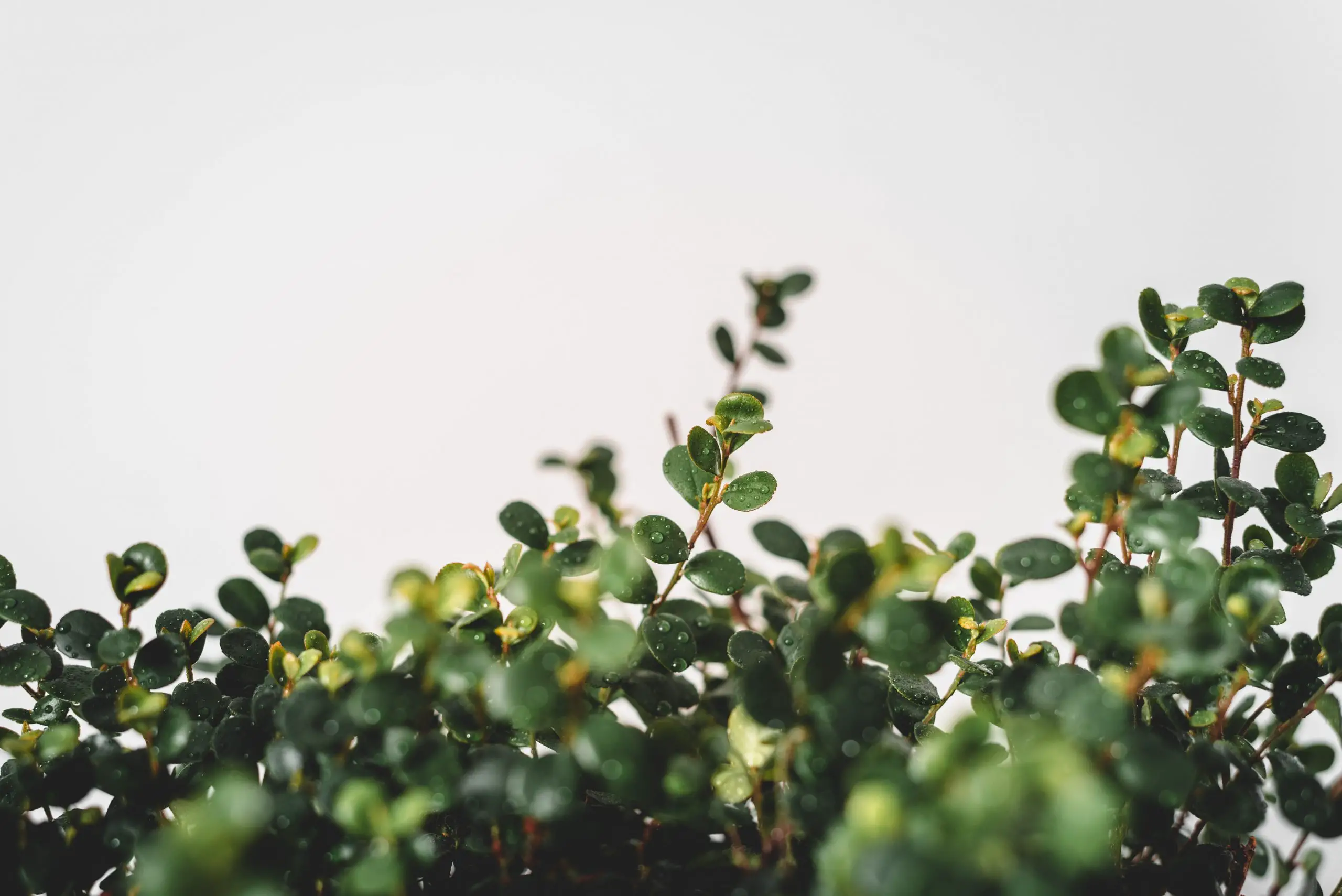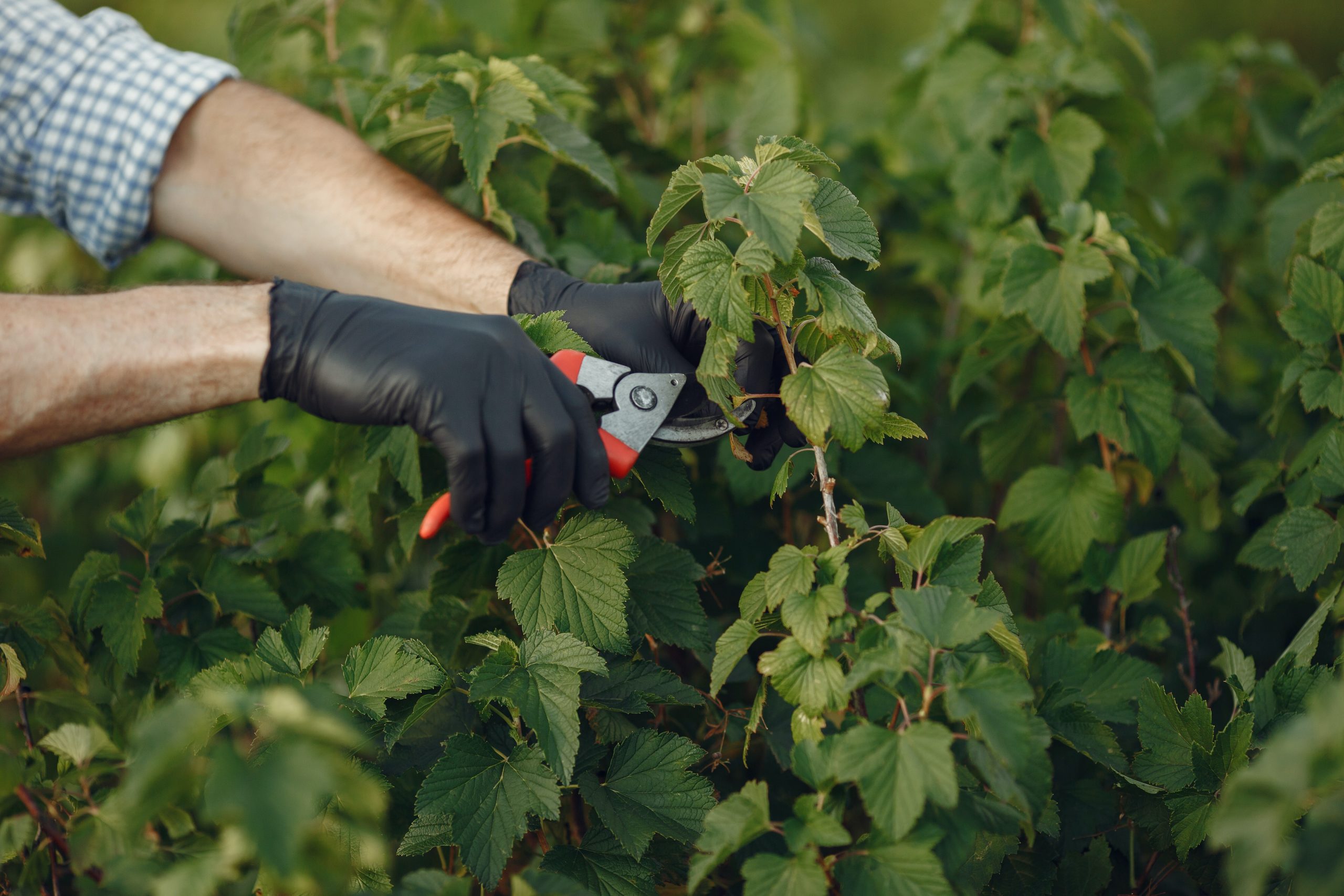The ficus bonsai is an ideal plant to learn about the cultivation of miniature trees. Indeed, it is generally considered that the ficus bonsai is perfectly suited to beginner gardeners. This original shrub has fascinated gardeners for thousands of years. For people who have very little space, the ficus bonsai can practice micro-gardening while for more seasoned followers, the cultivation of bonsai can become a real passion. In this article we give you all the tips and tools you need for a beautiful and fit ficus bonsai.
What are the characteristics of ficus bonsai?
The ficus is one of the most popular kinds of indoor bonsai. The ficus brings together around 800 species of trees of varying size that are found naturally in the humid forests of tropical areas. Among these different species, a dozen are suitable for bonsaiification, which represents hundreds of varieties. So, when choosing your ficus bonsai, many possibilities are available to you.
If the ficus is known to be a very resistant plant, it is important to know that the ficus bonsai does not, however, tolerate frost and that it is essential to grow it indoors when temperatures are below 15 ° vs. The ficus bonsai is still quite easy to grow indoors. Indeed, it tolerates rather well the lack of humidity in the air as well as the lack of light. Its leaves are thick and they allow it to fight against the dry ambient air which is harmful for the good development of the plant. Used to the undergrowth of the Amazonian jungles, it therefore tolerates the lack of light very well. However, the stronger the lighting and the more humidity, the faster the growth of the ficus bonsai will be. You must therefore favor a bright location so that the development of the ficus bonsai is optimal.
What exposure for the ficus bonsai?
If your ficus bonsai is indoors, it is important to place it near a sunny window. Indeed, this plant tolerates full sun perfectly well and it even needs it to grow properly. However, the bonsai ficus fears drafts as well as too dry ambient air. The ideal is therefore to place it away from radiators which generally dry out the air. In summer, you can easily place your ficus bonsai outside as long as the temperatures do not drop below 12 ° C. Be aware that below 15 ° C and above 30 ° C, the ficus bonsai will tend to slow down its growth and continued exposure to these temperatures may result in the death of the plant. The ficus bonsai is therefore both an indoor plant and an outdoor plant that will be a perfect decorative element for your home.
What fertilization for the ficus bonsai?
It is important to fertilize the ficus bonsai only during its growing period. It is therefore important not to fertilize it in winter, if growth stops or if the tree shows signs of weakness. Different types of fertilizers are available and they will promote the beauty of the foliage and the plant as a whole.
Here are the fertilizers we recommend for ficus bonsai:
Balanced food for a visibly more beautiful ficus! With this product made in France, the foliage of the plant will be green and shiny.
This fertilizer in the form of a spray is a treatment that contains all the elements necessary for the growth of ficus bonsai. This treatment is an organic fertilizer, without chemical active ingredients that could attack the plant. Rich in nutrients, it is a perfect solution to protect your ficus bonsai!
A formula is rich in nutrients (Nitrogen, Phosphorus, Potash) as well as in trace elements which are essential for the nutrition of your ficus bonsai.
See all Ficus Bonsai Fertilizers on Amazon
Fertilizing your ficus bonsai with the appropriate formulas will allow it to grow in good conditions. The main nutrients that the plant needs are normally present in the soil and are absorbed regularly by the roots. Any losses that may occur must then be regularly replaced by fertilization. Otherwise, different symptoms of deficiency could appear.
What substrate for the ficus bonsai?
Regarding the repotting of the ficus bonsai, this can be done every 2 years or even every year for the youngest subjects. Preferably, the repotting will be carried out between April and June. The root bread can then be cut very sharply because the species is quite vigorous. The substrate chosen at the time of repotting will generally be a mixture of akadama, pozzolana or pumice stone.
Here are the substrates we recommend for ficus bonsai:
This special soil helps promote the harmonious development and rooting of the plant. It is composed of river sand and pozzolana to facilitate drainage and avoid excess water.
These grow beads are ideal for providing a growing medium that retains the correct proportion of water and nutrients.
Its formulation contains different peats that create a stable environment with a good humidity level. This soil contains sand and pozzolana which promote drainage and prevent excess water.
See all suitable substrates for planting ficus bonsai on Amazon
How to water the ficus bonsai?
If the ficus bonsai is a particularly resistant shrub, it is important to remember that it fears excess water. Ideally, only water your ficus bonsai when the substrate is completely dry to the touch. However, the ficus bonsai still needs a certain amount of water to grow properly. In summer, if it is in a draining substrate, watering the ficus bonsai will be daily.
Clay balls limit the evaporation of water and promote drainage. For easier watering, do not hesitate to purchase a small watering can with a long spout. This will allow you to water the plant more precisely, at the base.
Here are the accessories we recommend for optimal watering of the ficus bonsai:
These clay balls are recommended to promote root development and to ensure good growth of ficus bonsai. Arranged at the bottom of the pot as a drainage layer, they limit the evaporation of water.
This 300ml watering can is lightweight and easy to use. Thanks to its long spout, it is ideal for watering ficus bonsai.
With its modern and trendy design, this watering can is ideal for watering ficus bonsai. Its 500 ml capacity is perfect for watering bonsai and the watering can does not take up too much space.
Tools to prune and shape the ficus bonsai
The bonsai ficus needs regular pruning. As a general rule, severe pruning of the plant is practiced in the spring, although it can withstand pruning throughout the year. During the growing season, you are definitely going to want to maintain the shape you want. On smaller branches, it is recommended to prune above the desired location. The remaining part will dry out and it can be easily removed after a few days, leaving a fairly inconspicuous scar.
For the strongest stems, it is generally recommended to use a pair of special bonsai scissors.
Here are the accessories we recommend for pruning ficus bonsai:
The blades of this tool are sharp. They allow easy cutting with extreme precision. This chisel is perfect for pruning stems, thinning or pruning roots.
This tool allows you to remove the branches leaving a very small notch which then heals easily. Ergonomic handles allow frequent use.
A tool designed for high precision cuts.
See all secateurs for pruning ficus bonsai on Amazon
How to deal with diseases and parasites?
The Ficus bonsai can be the victim of attacks of mealybugs and aphids. However, you should not use just any insecticide on the plant and you should be careful to avoid products that contain Malathion, which is toxic to the plant.
Here are the products we recommend for eliminating ficus bonsai pests:
This spray is composed of natural essential oils. It is a good alternative to insecticides which damage the plant.
Ready-to-use nettle slurry against aphids, mites and mildew. This basic substance can be used in organic farming.
A rapeseed oil based insecticide that kills eggs, larvae and adults.
See all insecticides for treating ficus bonsai on Amazon
The ficus bonsai is a very popular evergreen tree. It is the most common bonsai species in supermarkets. It is a species particularly suitable for beginners thanks to its strength against watering, maintenance and pruning errors.. By making the right choices of material, you will be able to maintain your ficus bonsai correctly and easily.



